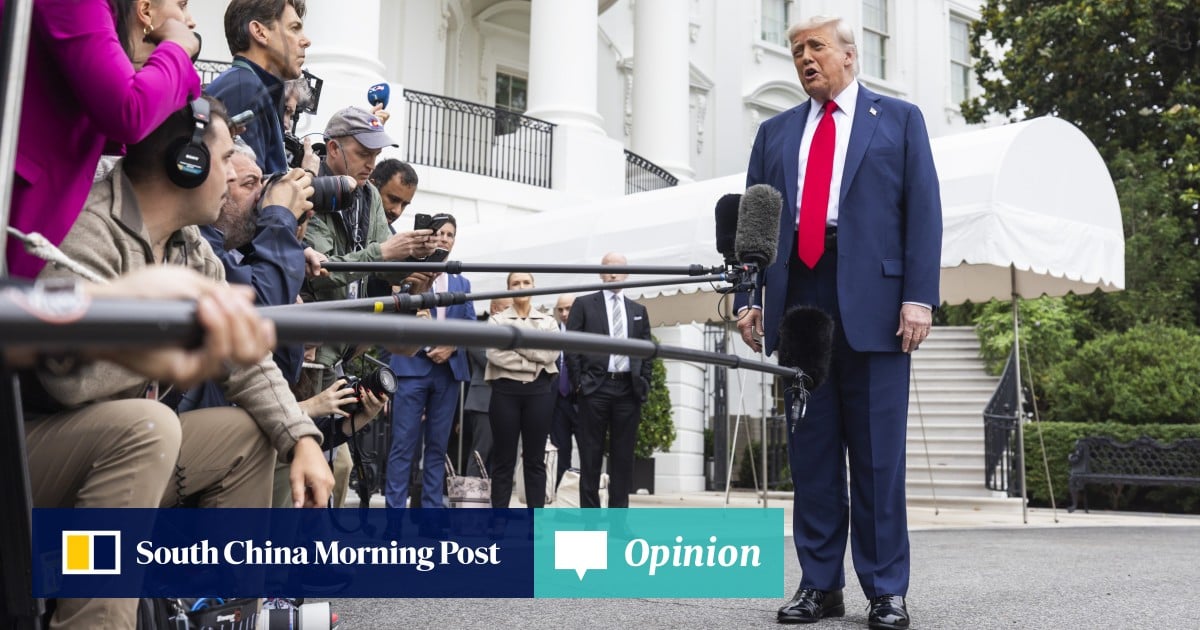
Just four months ago, US President Donald Trump was lecturing a surprised Volodymyr Zelensky on how the Ukrainian leader was “not winning” because he did not “have the cards”. As commander-in-chief of a superpower, Trump unabashedly brandished his geopolitical capital – apparently more interested in negotiating agreements with traditional US rivals such as Russia and Iran to bolster his “art of the deal” credentials.
Advertisement
Today, the strategic picture looks dramatically different. Following the spectacular success of Operation Spider’s Web, which saw Ukrainian forces launching devastating drone attacks from within the heart of Russia, Kyiv seized the strategic initiative against the Kremlin.
Trump, meanwhile, has struggled to translate his geopolitical capital into concrete gains. Despite his promise to swiftly finalise new deals with Russia and Iran, and repeatedly promising a new era of peace to his “Make America Great Again” (Maga) base, the situation has escalated in traditional theatres of conflict.
Showing little appetite for compromise, Russia has stepped up its attacks on Ukrainian cities. Worse, Trump’s nuclear negotiations with Iran were torpedoed by Israel’s attack on Tehran’s nuclear facilities and critical infrastructure, provoking yet another major conflict in the Middle East.
Having cards is one thing. Playing them skilfully is another. Not unlike his trade policy track record, Trump has gradually found himself in new strategic quagmires, which could ultimately strengthen its chief rivals, namely Russia and China.
Advertisement
It’s impossible to understand the direction of American politics over the past decade, and the meteoric rise of Trump, without taking into account the overwhelming public dissatisfaction with the ruling elite.


